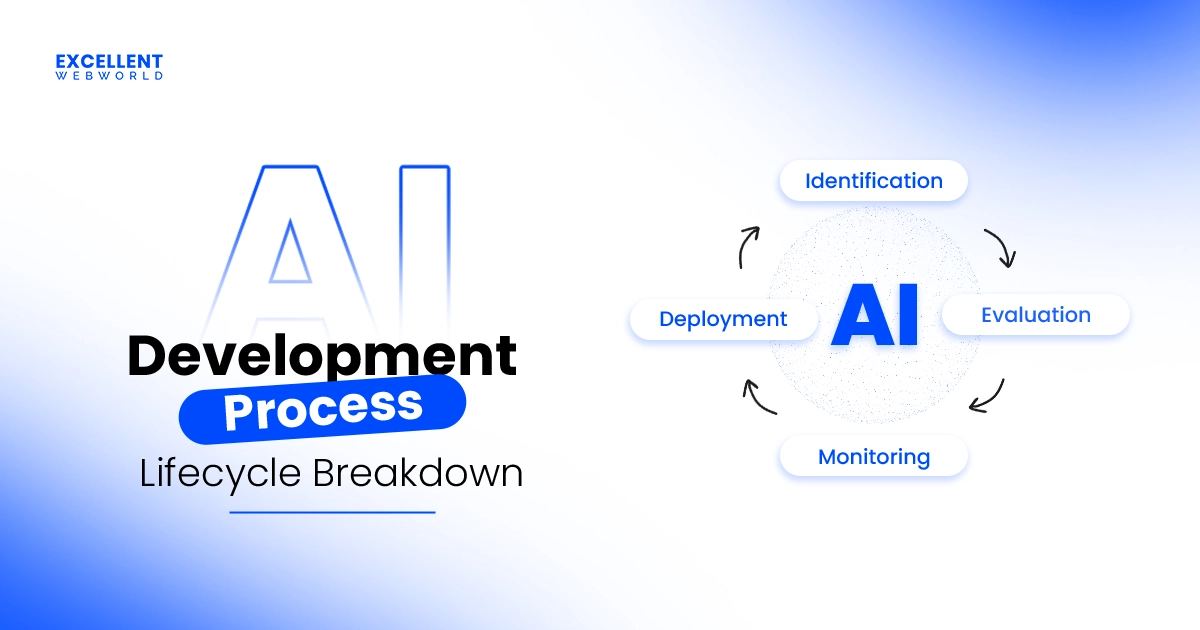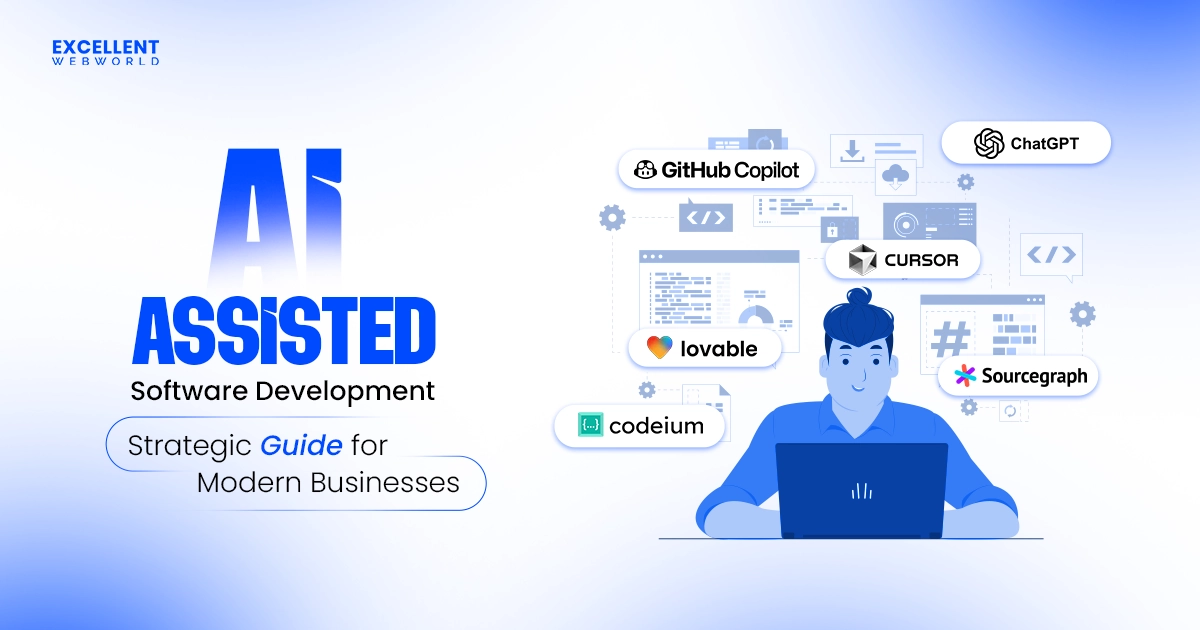Are you vibe coding to ship fast, but ignoring security?
Vibe coding is popular for a reason. It helps teams move quickly and stay creative. But without clear vibe coding security practices, you’re inviting trouble. Issues like skipped validation, hardcoded secrets, or open APIs are more common than you think.
These small gaps can lead to big problems later.
vibe coding reality pic.twitter.com/1m83wsp1Bd
— Victor 🧢 (@victor_bigfield) May 22, 2025
If you’re going “vibe” as described in the post above, you’re up for huge cybersecurity risks.
Did you know the average cost of a data breach in 2024 hit 4.88 million USD? The risks of vibe coding without security can be costly.
That’s why security needs to be part of the flow, not an option.
Start simple. Follow basic cybersecurity tips. Build a habit of security checklists and reviews—because speed means nothing if you’re not safe.
What Is Vibe Coding?
Vibe coding is a fresh way of building software where developers team up with AI tools like large language models (LLMs) to write code. Instead of typing everything manually, you just describe what you want in plain language, and the AI helps turn that into working code.
Vibe coding is different from AI-assisted & traditional methods; it skips the usual slow steps to get MVPs out quickly. It often blends human input with AI-assisted tools like GitHub Copilot.
There's a new kind of coding I call "vibe coding", where you fully give in to the vibes, embrace exponentials, and forget that the code even exists. It's possible because the LLMs (e.g. Cursor Composer w Sonnet) are getting too good. Also I just talk to Composer with SuperWhisper…
— Andrej Karpathy (@karpathy) February 2, 2025
But without solid vibe coding security practices, things can go wrong fast. That’s why vibe coding cyber security practices matter, especially when speed meets risk.
As most coding and collaboration now happen in the cloud, understanding cloud security is essential to protect your code, data, and deployment environments
Solid vibe coding security practices mean nothing without securing the environment they run in.
However, if you want to move fast and stay secure without compromising the flow of AI-driven development hiring experienced Vibe coders can be a smart move.
Why Security Is Critical in Vibe Coding Environments
Vibe coding moves fast and often skips long reviews or documentation. That’s great for speed but dangerous for security. Without security best practices for vibe coding, mistakes like exposed APIs or weak authentication can sneak in. A simple security checklist for vibe coding can prevent costly breaches.
1. Risky AI-Generated Code
Without safe coding practices, AI tools can create hidden issues like weak login systems or open database flaws. It’s one of the biggest risks of vibe coding today, especially as AI-driven threats are evolving fast. Understanding how generative AI in cybersecurity is shaping modern defense practices can help teams manage these new risk factors.
2. Too Much Access for AI Tools
Some tools need full access to your codebase. If not handled carefully, they might leak sensitive data. Vibe coding cybersecurity means knowing what your tools can see—and limiting their reach.
3. Hard to Prove Compliance
AI code often comes from unknown sources. That makes it hard to follow rules like GDPR or OWASP. Secure vibe coding needs clear checks to stay compliant
4. Blind Trust in AI Output
Many devs just trust what AI suggests. But skipping reviews can push bugs and security holes live. Best practices for vibe coding mean double-checking everything, even if AI wrote it.
5. New Coders, No Security Training
New-vibe coders often skip security training. Without basics, they miss key steps like input validation or error handling. Security in collaborative coding starts with team-wide awareness.
Top 7 Vibe Coding Security Practices
Vibe coding is fast, but security can’t be a second thought. You need to follow smart vibe coding security practices like code reviews, input validation, and secret management. Use trusted tools for vibe coding security to catch issues early. These top vibe coding security tips can save you from costly mistakes later.
1. Authentication and Access Control
Strong login and access rules form the base of Vibe coding security practices. Avoid giving too much access and keep things tight and need-based.
2. Input and Output Safety
Unchecked user input is one of the common vibe coding security mistakes. Validation and output cleaning are quick wins.
3. Write Secure Code from the Start
Writing clean, safe code early saves time and headaches. This is where a strong checklist for secure vibe coding helps.
4. Protect While Running
Live apps are targets—use defences that block threats before they cause damage. This is a must in vibe coding cyber security practices.
5. Train Your Team
Good code comes from good habits. Training helps avoid cybersecurity checklist failures.
6. Use Secure Tech
The right tools make a huge difference. Tech hygiene is part of cybersecurity best practices.
A trusted cybersecurity services provider can help implement these security measures and ensure your tech stack follows the latest protection standards.
7. Keep Improving
Security isn’t one-and-done. Evolving threats require evolving defenses.
Why Choose Excellent Webworld for Vibe Coding Security?
Vibe coding gives you speed, flexibility, and faster time to market, but only when done right. Without the right skills, it’s easy to overlook security and scalability. That’s why hiring a dedicated vibe coding team matters. They bring the right balance of creative flow and technical discipline, including vibe coding security practices that protect your product.
Whether you’re building with AI tools or going cloud-native, we handle everything from building and launching your product. At Excellent Webworld, we combine deep AI expertise with solid software development service experience to help you move fast and build smart.
We have over 13 years of experience as an AI development company for various industries. Our team of experts has successfully developed high-performance software solutions that integrate advanced AI technologies. With more than 900 successful projects, our experts have catered to different client needs in various industries.
Let’s turn your idea into a real-world experience. Book your free consultation today!
FAQs: Vibe Coding Security Practices
Vibe coding security practices are simple rules and tools you need to follow to keep fast, collaborative code safe from bugs and attacks.
Use access controls, review AI-generated code, and follow a checklist for secure vibe coding to avoid risky changes slipping through.
Yes, you can use code scanners, role-based access tools, and firewalls. These support key vibe coding cyber security practices from development to deployment.
You prevent breaches, generate better code, and stay compliant. Following cyber security best practices boosts both speed and safety.
Blindly trusting AI, skipping code reviews, and over-permissioned access are common vibe coding security mistakes that can lead to costly problems.

Article By
Mahil Jasani began his career as a developer and progressed to become the COO of Excellent Webworld. He uses his technical experience to tackle any challenge that arises in any department, be it development, management, operations, or finance.



